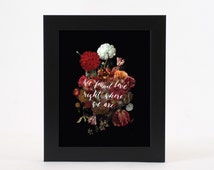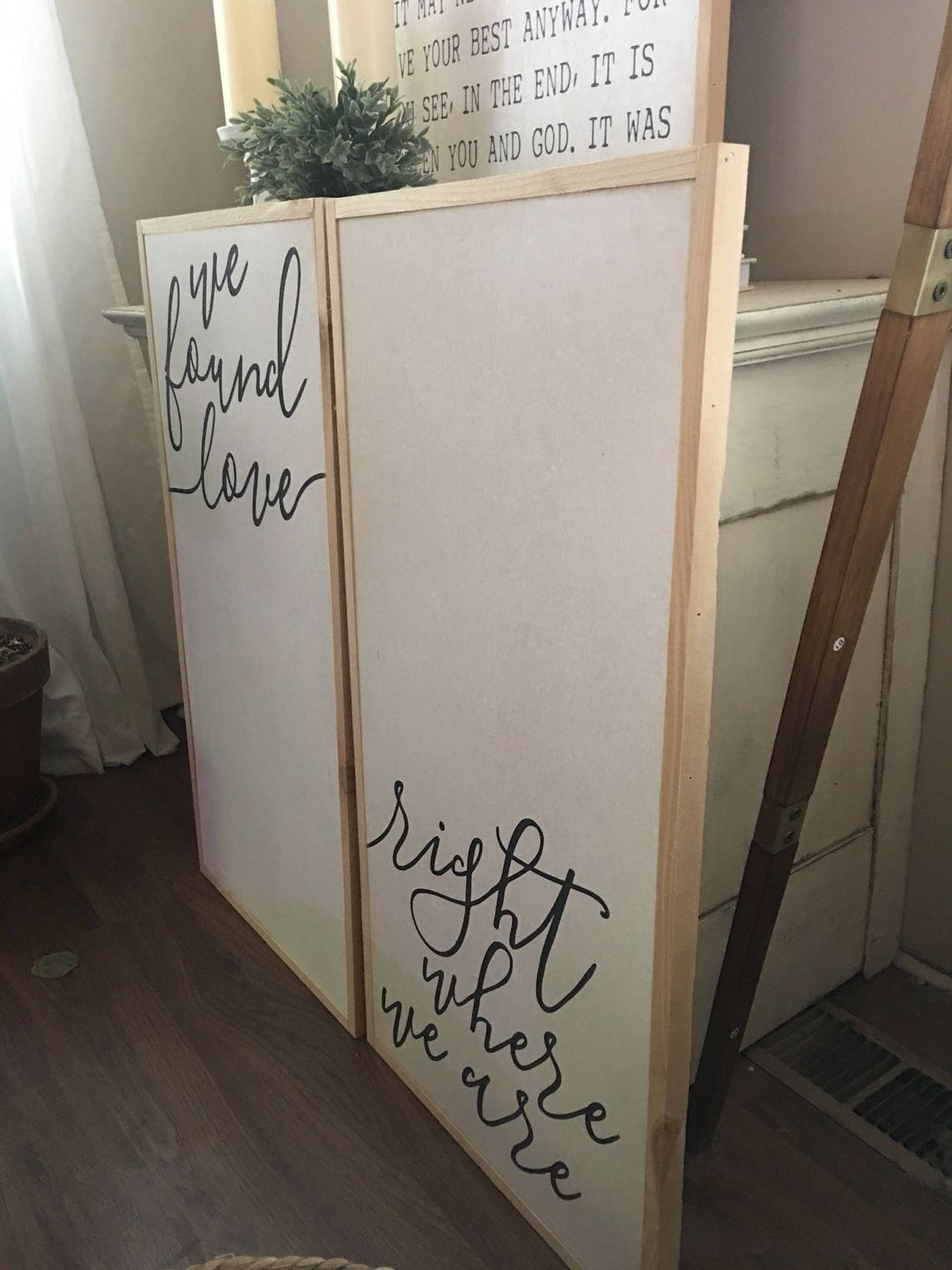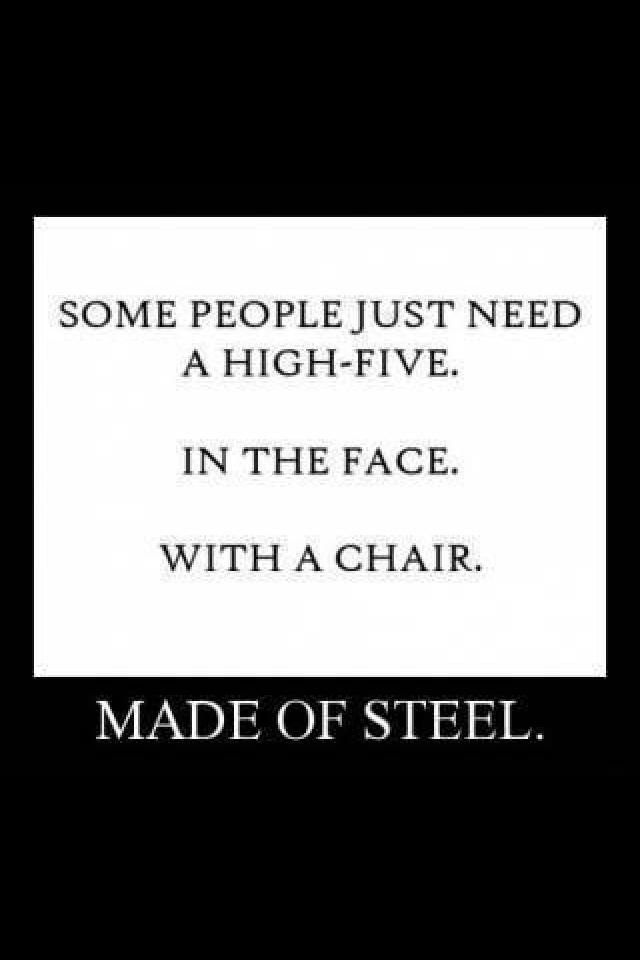

But the exhibition offers up some pretty sound reasoning for why the opposite may be true. Now, you might expect, as the neuroscientists did, that sharp objects incite more of a reaction, given that they can signal danger. And, the magnetic brain imaging scans of the lab participants prove the team’s first hypothesis to be true: these preferred shapes produce stronger responses and increased activity in the brain.Īs Johns Hopkins Magazine so eloquently put it, “Beauty is in the brain of the beholder.” Ultimately, the scientists found that visitors like shapes with gentle curves as opposed to sharp points. “ Beauty and the Brain Revealed,” an exhibition now on display at the AAAS Art Gallery in Washington, D.C., allows others to participate in the exercise, while also reporting the original experiment’s results. Connor, director of the Zanvyl Krieger Mind/Brain Institute. I have found it to be almost universally true in data and also in audiences that the vast majority have a specific set of preferences,” says Charles E. “We wanted to be rigorous about it, quantitative, that is, try to really understand what kind of information neurons are encoding and…why some things would seem more pleasing or preferable to human observers than other things. Image courtesy of Zanvyl Krieger Mind/Brain Institute, Johns Hopkins University The neuroscientists then reviewed the museum-goers’ responses in conjunction with fMRI scans taken on lab study participants looking at the very same images. The shapes were basically blobs with various appendages. Upon entering the exhibition, called “ Beauty and the Brain,” visitors put on a pair of 3D glasses and then, for each image set, noted the their “most preferred” and “least preferred” shape on a ballot. Arp’s work was chosen, in this case, because his sculptures are abstract forms that are not meant to represent any recognizable objects. Each set included 25 shapes, all variations on a laser scan of a sculpture by artist Jean Arp.

To investigate, the scientists created ten sets of images, which they hung on a wall at the Walters Art Museum in 2010.

Or, they surmised we very well might gravitate to shapes that spur a pattern of alternating strong and weak activity. At the same time, it could be that our favorite shapes are serene and calm brain activity. It is possible, they thought, that the shapes we most prefer are more visually exciting, meaning that they spark intense brain activity. What shapes are most pleasing, the group wondered, and what exactly is happening in our brains when we look at them? They had three hypotheses. In 2010, neuroscientists at the Zanvyl Krieger Mind/Brain Institute at Johns Hopkins University joined forces with the Walters Art Museum in Baltimore to conduct an experiment. Image courtesy of Chrystal Smith, Art Associate, Science Jean (Hans) Arp, Consiente de sa Beauté (Conscious of Her Beauty), 1957, polished bronze.

And, that response, he argued, is universal, no matter where or when that viewer lives. These aesthetic qualities trigger a pleasing response in the viewer. He postulated that there is a “significant form”-a distinct set of lines, colors, textures and shapes-that qualifies a given work as art. A century ago, a British art critic by the name of Clive Bell attempted to explain what makes art, well, art.


 0 kommentar(er)
0 kommentar(er)
